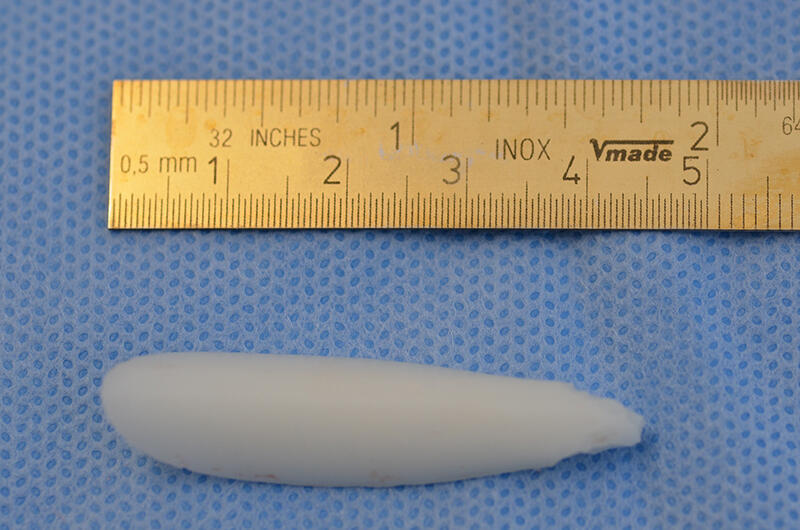
I touched on a few techniques that predispose you to having a revision nose job surgery later on in life in my previous blog post, and today I’ll touch on a few techniques in augmentation rhinoplasty that may have the same unintended consequence. Augmentation rhinoplasty encompasses revision rhinoplasty cases requiring added height or projection to the nasal dorsum and/or nasal tip, as well as any ethnic rhinoplasty such as Asian rhinoplasty, African American rhinoplasty that require the same.
Surgeons through the generations have described many different approaches and techniques for dorsal augmention during nose job surgery. Throughout history surgeons made use of materials we would definitely consider weird by today’s standards, like ivory, jade, wax, and even animal bone. A small advancement came in the 1970s with the advent of the silicone nasal implant. Especially with Asian rhinoplasty surgeons in Taiwan, Korea and Japan, silicone implants for the dorsum and L-shaped silicone implants to project the tip in addition to the dorsum became all the rage. This technique dominated the surgical scene for decades, and only began to wane in popularity towards the 2010s and onwards as the patients who had had previous nose jobs with silicone implants began showing the long term effects of having a silicone implant.
Synthetic implants such as silicone, Goretex and Medpor implants never integrate into the nose, and therefore create a gradual but predictable thinning and weakening of the overlying skin envelope. With trauma, or even aging, can precipitate a break in the skin and ulceration of the skin covering the implant. Even barring such a catastrophic event, smaller issues such as contour irregularities, implant mobility, and aesthetically unappealing nasal shape frequently result from a silicone nasal implant that has been in place for an extended period of time.
 Contact Us
Contact Us